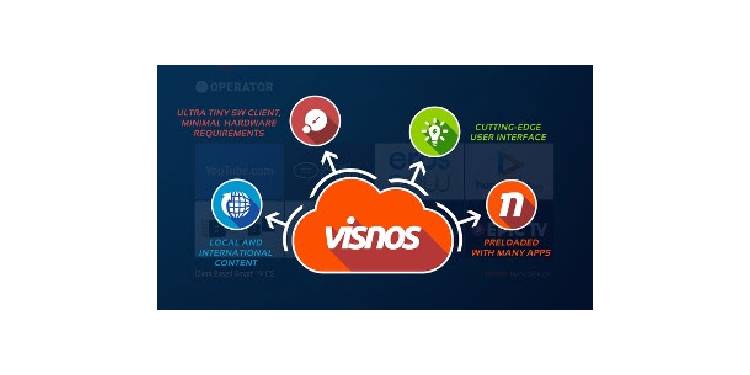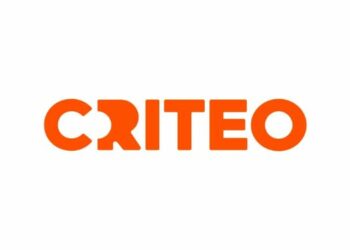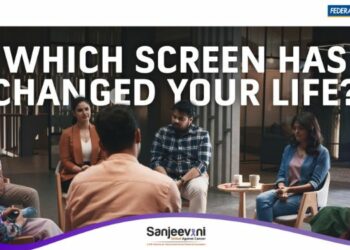Hamburg: NetRange MMH GmbH (‘NetRange’), the global provider of white-labelled, turnkey Smart TV and OTT ecosystems, today announced that it has launched its cloud-powered VISNOS (Virtual Smart TV NetRange OS) platform to slash CE device manufacturers’ Smart TV costs and enable existing low-powered TVs to receive Smart TV services.
The NetRange VISNOS platform removes the requirement for a browser in the TV, a major element of the integration effort and incremental cost for CE device manufacturers building Smart TVs for the most price-sensitive regions. VISNOS also supports the casting of YouTube from mobile devices to the TV, and NetRange will add to the services that can be cast to the TV.

“In developing countries, many of the existing TVs and those being built for these regions right now have been designed to remove every single non-essential element,” says Tim Schröder, CEO, NetRange. “This means that even the cost of the browser required for a TV to receive standard Smart TV is a major barrier to market adoption. By removing the requirement for a browser, we’re opening up Smart TV support for the lowest-specification TVs in the developing world, to meet the increasing demand for connected services in these regions.”
The VISNOS software on the TV sends remote control clicks to the VISNOS cloud platform from entry-level TVs, VISNOS then efficiently sends the Smart TV UI back to the TV as graphics. When the consumer starts a video playback, VISNOS routes the video directly from the video server to the connected TV – all without the need for high-level processing in the TV or the ability to run a browser.
Schröder concluded: “We believe VISNOS has the potential to considerably narrow the gap between current non-smart entry-level DTV and traditional Smart TV, creating unique opportunities for operators and manufacturers of TVs, SoCs and boards. In our discussions with key industry players, we have not only seen a huge interest in exploring and utilizing VISNOS, but also a clear commitment to bringing VISNOS to these devices.”
















